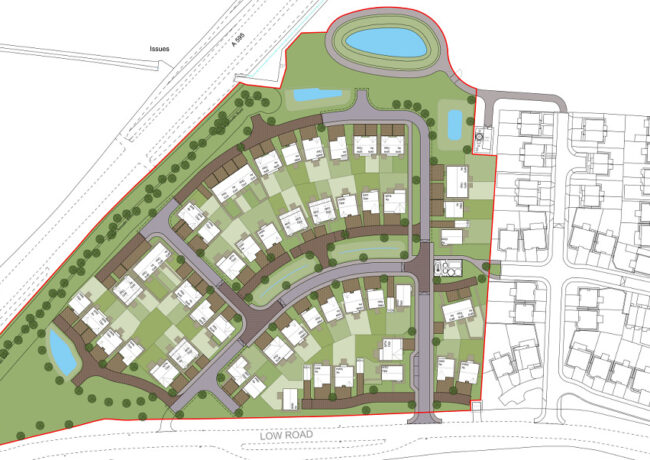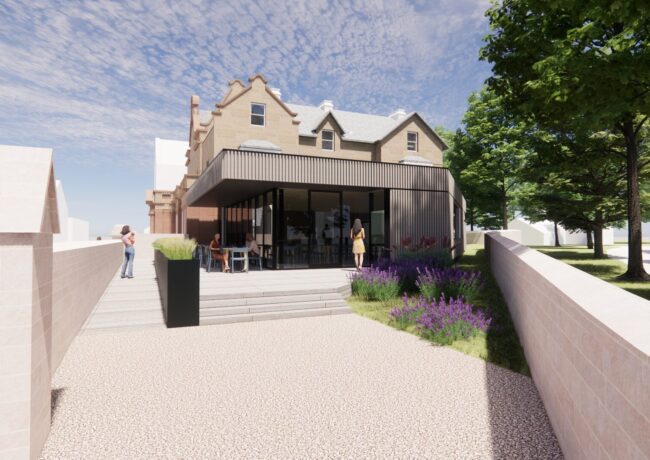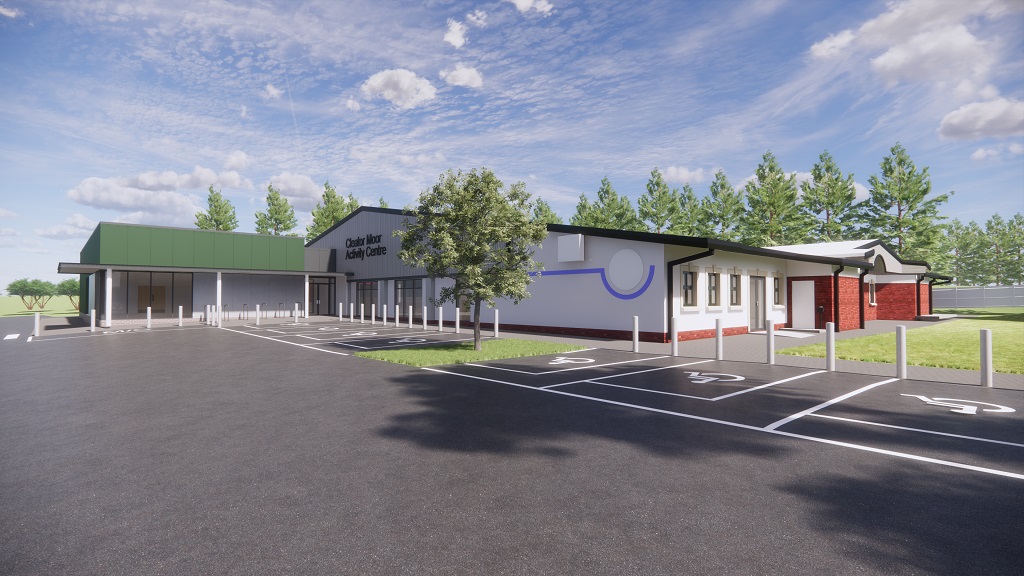Story Homes rejected in Allerdale
The Cumbrian council refused the housebuilder’s application to build 67 homes in Thursby over concerns about ‘shadow flickers’ caused by a nearby wind turbine.
Shadow flickers are caused when the blades of a turbine cast a shadow through the windows of nearby buildings.
A letter from Neo Environmental, specialists in assessing shadow flickers, stated that the Story Homes proposal was within government guidelines, which sets the threshold for shadow flickers to a mean of no more than 30 minutes a day.
The development had been recommended for approval by planning officers.
However, neighbours of the proposed development came out to the Allerdale Council’s development panel meeting last week to raise concerns about the shadow flickers and noise, as well as the impact the new homes would have on traffic. According to News & Star, the debate lasted three hours, with the council ultimately siding with the objectors.
David Hayward, C&S senior development planner with Story Homes, said the company was “disappointed” by the decision.
“We consider our proposals for 67 new homes to be of high quality, meeting all planning policy requirements and bringing about benefits to new residents as well as the local community and economy,” he said.
“Going forward Story Homes will consider its options in respect of development proposals for this site.”
If Story Homes had been successful, it would have built the homes on nearly nine acres of agricultural fields of land west of St Andrews View, another Story Homes neighbourhood that was complete in 2019.
There would have been ten two-bedroom homes, 16 three-bedroom ones, 35 four-bedroom houses and six five-bedroom homes. Of the two-bedroom units, three would be bungalows. Two of those bungalows would have been designated affordable, as well as four three-bedroom homes and seven two-bedroom dwellings.
The housing development would also have had 118,000 sq ft of public open space, of which 52,710 would have been accessible to the public. There would have been a playground on the southwestern corner of the site, too.
The development would have been located within 10 rotor diameters from a wind turbine, thus increasing its potential for impacts from shadow flickers. According to Neo Environmental, computer models show that six homes could experience more than 30 minutes of shadow flickers a day. However, this was deemed unlikely because of the weather conditions that also have to be met to ensure the perfect shadow flicker conditions outlined in the model.
Regarding traffic, Cumbria Highways had stated that the proposal was in line with policy and acceptable.
Looking to learn more about the development? The application’s reference number with Allerdale Council is FUL/2021/0299.





Easy straightforward appeal case to be had
By bob